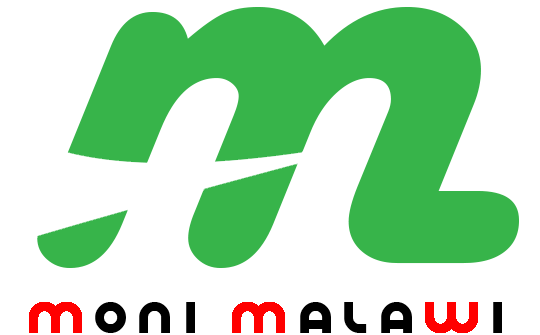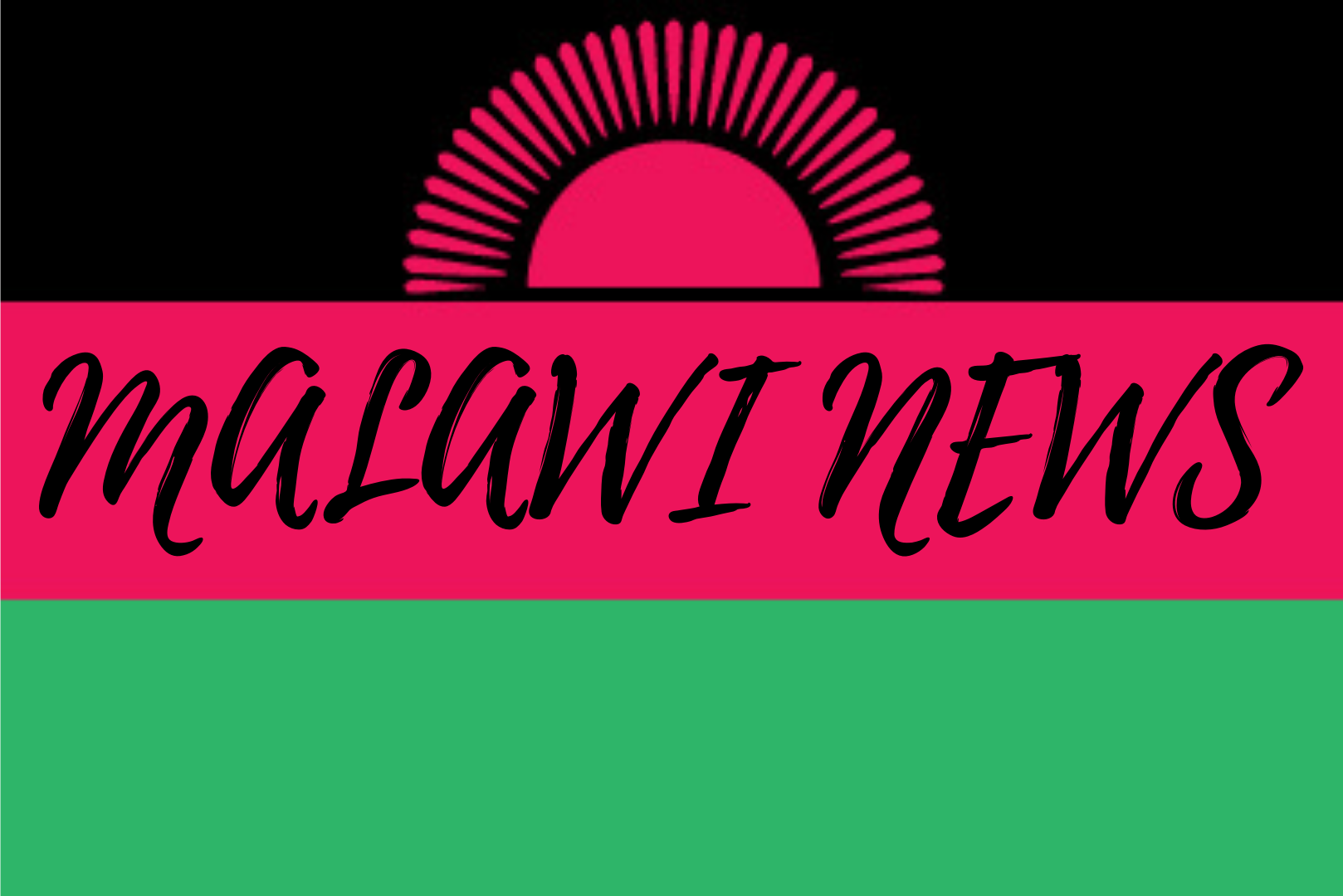Meta: Are you tired of spending your marketing budget on guesswork strategies? Here are 5 top ways to fine-tune your message to ensure it targets the right audiences.
“Oh sorry, we just purchased something similar weeks ago,”
“We’re not looking to make any purchase presently,”
Worse still, “Company X understands our needs better than you”
Many B2B marketers are familiar with these phrases.
We put out advertisements and other marketing communication to just about everyone in the market and hope it invokes interest and motivates them to buy.
Well, for every business relying on the “spray and pray” methodology, are tons of others looking for ways to fine-tune their message for the right audience.
These “others” seek marketing strategies that offer precision targeting to maximize conversions, revenue, and their marketing budget.
They examine specific needs, interests, motivations, and behavioral patterns of potential customers in specific segments then tailor highly personalized campaigns and solutions.
The ensuing effect is that these brands sway buyers to themselves, speed up the sales cycle, and encourage customer loyalty.
If you’re ready to move away from guesswork strategies to those that deliver results, read on. We have some solid options for you.
Cold Calling
Successful cold calling highly depends on data, otherwise, you’ll be hearing the responses we read about earlier—a lot.
It’s relying on search intent data and other marketing intelligence to know which brands are actively seeking solutions, personalizing solutions then calling up the prospect.
This kind of precise targeting ensures you are reaching prospects who need your solutions at the moment they need them.
Best practices include
Go niche. You’ll quickly learn the challenges your target market face, the ideas they positively respond to, and typical objections. You’ll likely have similar conversations about business issues, industry trends, and solutions with contact persons with similar titles.
Calculate your metrics. A cold calling calculator allows you to measure various metrics like monthly conversion rates, to call to conversion rates, and closed-won rates. You can pick up what works and tweak your strategy for even better results.
Track data. According to statistics, getting in touch with leads the moment your tech stack tags them increases their likelihood of converting by almost 400 percent.
Personalize your script. No two companies have the same needs, so you shouldn’t approach them using the same words. Personalize your script to address what matters to them most.
Start By Creating a Precision Marketing Strategy
Because of the accuracy required in this strategy, setting up an effective course of action is necessary.
Consider these steps as you create your strategy:
Develop your brand guidelines. Assemble a buyer persona for your business to establish your values, the things that matter to you, and how you want to interact with others. These are the things audiences will remember about your business.
Identify your target audience. Create buyer personas to help you identify good fit businesses. Once you identify these companies, gather as much information about them as you can to make your targeting more effective.
Establish goals. From click-through rates to newsletter subscription, and CTA engagement, come up with realistic and measurable goal-oriented marketing campaigns. As you track the successes and challenges you encounter, you’ll be able to create better campaigns in the future.
Focus on customer retention. It’s much easier than new acquisitions. Take time to understand their growing needs, collect feedback, and make their experiences better. Existing customers’ interactions with your brand can provide the insights you need to target their market segment better.
Leverage Marketing Analytics
Marketing analytics involves using analytical tools to study how marketing strategies are performing.
These tools analyze an assortment of data including website visitor data, email marketing data, paid campaign performance, customer touchpoint, and purchase data.
They provide centralized and unified data that can be customized to provide general or granular insights.
Here are specific ways you can use marketing analytics software:
Evaluate the performance of your content. The data offers holistic views of content marketing tactics so you can assess if it’s delivering the results you expect. You can also assess audience engagement to pick up new interests and trends for future focus.
Conduct customer behavior analysis. The software allows you to map out consumers’ behavior throughout their purchase cycle. You can pinpoint what attracts and engages and what compels them to choose as they do.
Run granular-level business performance. From webinars to product launches, promotions, ebook releases, etc, analytical software grants you granular views at the event level to help you evaluate their performance.
Top marketing analytics software includes Google Analytics, Optimizely, Heap Analytics, and SEMrush.
Display Ads
B2B display ads comprise image, text-based, or video advertisements built to attract audiences to click on them.
They are highly versatile, allowing you to choose a format that best meets your goal. Thanks to the Google Display Network, you can leverage demographic and geo-targeting to place your ads are on the right websites to reach the right audiences.
Here are top considerations for this strategy:
B2B display ads don’t work like B2C. B2B Decision-makers respond to values. They prefer seeing evidence of expertise over entertainment or emotions. Your brand needs to come across as reputable.
Think long term. Considering the long buying cycles involved in B2B don’t expect immediate ROI. Look at your ad campaign from a long-term perspective, knowing it will bear fruit in the long run.
Deliver on promises. Back up your ads with a visually aesthetic and quality landing page and website that exudes professionalism, trust, and value. The landing page, in particular, should feel like a continuation of the ad, but with greater value.
Invest in a Lead Generation Software
Alongside marketing analytics software, is lead generation software.
These are timesaving tools that target specific channels to automatically generate leads for your team to follow up. This frees up your team’s time so they can focus on building quality relationships with potential and existing customers.
Some tools go further to uncover sales triggers and cross-selling opportunities empowering your team even further.
Other benefits of lead generation software include:
Maintaining accurate records. From merges to relocations and changes in senior-level executives, businesses make changes all the time. Keeping up with these changes can be an uphill task, but a task that can be handled effectively through lead generation software.
Identifying new prospects. These tools capture information about website visitors at the point of contact whether that’s content download, email open, or landing page visit. In providing information about how people are interacting with your organization, you can customize their journey for greater success.
Pinpointing successful lead sources. Lead generation software tracks your lead sources effectively showing you which strategies are bringing in the most leads. You can double your effort in the fruitful strategies and tweak (or eliminate) the slow-moving ones.
Examples of lead generation software include VisitorTrack, LeadGnome, VoilaNorbert, and Novocall.
 Moni Malawi
Moni Malawi 
